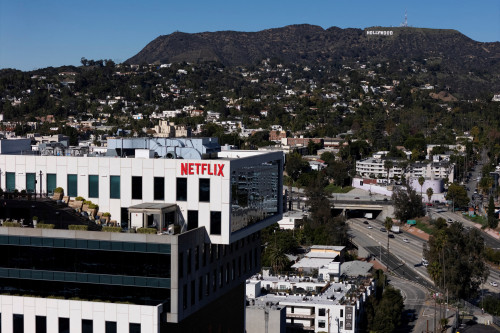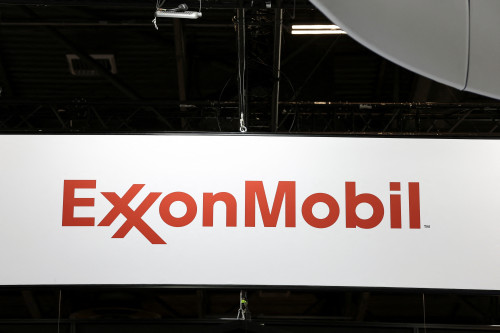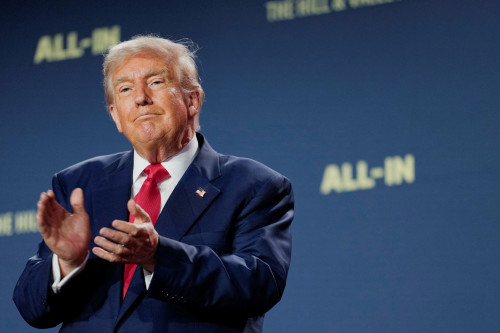By Paritosh Bansal
(Reuters) – Singapore’s sovereign wealth fund Temasek invested the smallest amount since 2019 during its last fiscal year, as it waited for when pricing got more to its liking. Now, it’s starting to see what it likes.
The S$382 billion ($287 billion) fund is seeing more investment opportunities. It invested in payment processor Stripe in March after passing on earlier fundraising rounds due to high valuation, said Jane Atherton, Temasek’s joint head for North America.
Temasek is also seeing deals at reasonable valuations, adjusted for risks, to invest alongside private equity firms in buyouts, as well as to buy assets from them, she said.
“We have been somewhat cautious in terms of the pace of our deployment,” Atherton said. “I would say we’re getting less cautious as we continue through the year.”
Temasek’s evolving view reflects a change that is becoming more apparent in some parts of the U.S. deals market in recent weeks: the gap between the price expectations of buyers and sellers — a key reason behind what has been a moribund year of deals — is closing, according to half a dozen private equity investors and deal advisers.
Buoyed by a recent market rally driven by technology and other growth stocks and the U.S. economy’s surprising resilience in the face of rate rises, buyers are becoming more confident than they were just weeks ago. Some are starting to think they can afford to pay more because they expect to increase the profits of companies they buy.
At the same time, some sellers, particularly listed companies, have come to realize that if their value didn’t move up much in this year’s stock market rally, the prices that they had seen at the highs in 2021 might not come back.
Peter Orszag, Lazard’s incoming CEO, said sellers were coming around to the view that the impact of the higher rate environment on valuations may be “a new normal, as opposed to a very temporary blip” that they can wait out.
“As you move through time, the realization that this is the reasonable baseline becomes more potent, and that’s what’s narrowing the gap,” Orszag said.
Among areas that could see increased activity are sectors such as healthcare, energy transition and technology. Private equity sales of the best portfolio companies and structured investments are becoming more active, too, the investors said.
One tech-focused investor, whose pipeline of deal opportunities is just about 20% of what it was two years ago, said the valuation convergence is leading to more talks. They added they expected to see a more pronounced pickup after Labor Day when people return from the summer holidays.
NASCENT RECOVERY
For banks, investors and companies, the change in sentiment, should it stick, is good news. Lower investment banking revenues dragged down profits at banks including Goldman Sachs and Morgan Stanley. Earlier this month investors latched onto any signs of hope, with comments from bank executives suggesting a recovery was afoot.
Any recovery, however, is tentative and the narrowing of the gap in expectations is not uniform across the market. Much uncertainty remains, including whether there is now too much optimism in the market.
“We’re at the very nascent stages of this,” said Jason Thomas, head of global research and investment strategy at Carlyle. “Perhaps this will fizzle out.”
For now, the market dynamic is putting some valuations back within historical norms after the wild pandemic-era gyrations, creating conditions for buyers and sellers to meet.
In the software sector, for example, firms historically traded around 6 times forward revenue. During the pandemic rally, the multiples expanded to as high as 17 times, before dropping to 5 times last year, the tech-focused investor said.
Those multiples have now traded back up above 6 times, allowing deals to happen that would not have at the end of last year, two of the investors said.
In late June, for example, IBM bought software maker Apptio for $4.6 billion from Vista Equity Partners, paying more than 10 times forward revenue.
HIGHER RATES
The idea that the economy might be in for a period of higher inflation and interest rates is also playing into the calculus.
A deal that used to cost 6.5% a year to finance at the end of 2021, now costs 11% to 12%, according to Carlyle’s Thomas. That means for a buyer to get a 20% annual return on the deal, the company’s earnings would need to grow at 16% now versus 9% in 2021.
S&P 500 earnings, excluding the energy sector, are estimated to grow 7% in the third quarter, according to Refinitiv. With the economy looking in better shape, more buyers may feel they can meet higher growth targets, Thomas said.
When they can’t agree on price, the two sides are exploring more creative ways to get along.
A company facing increased interest costs, for example, might want to replace part of its debt with other instruments that don’t require interest payments, such as warrants and payment-in-kind notes, Thomas said.
Temasek is seeing more demand for such structured investments, Atherton said, with its Credit and Hybrid Solutions unit deploying when “people aren’t yet willing to move to what we view as fair value on price, but we like the asset.”
($1 = 1.3306 Singapore dollars)
(Reporting by Paritosh Bansal; Additional reporting by Greg Roumeliotis; Editing by Anna Driver)





